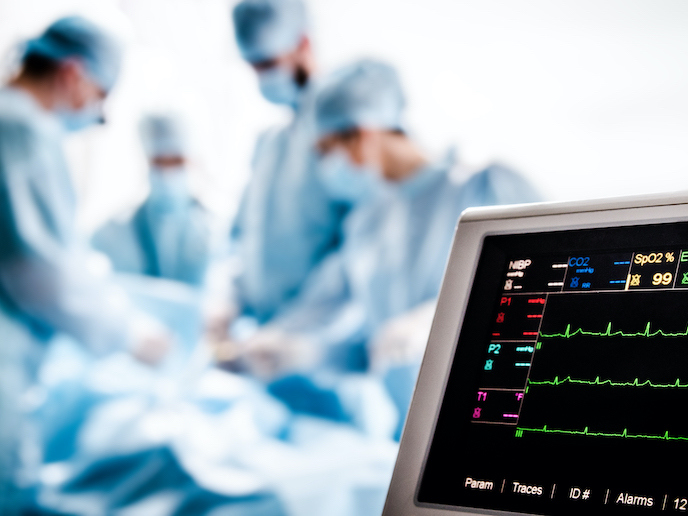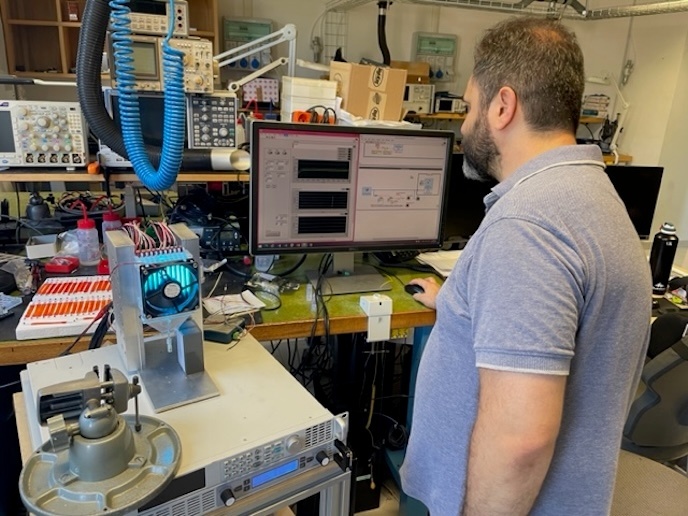Bio-inspired aortic graft avoids complicated open surgery
The aorta(opens in new window) is the most important artery in the human body, carrying blood away from the heart to the rest of the system. Over time, and sometimes due to other risk factors, the aorta can lose elasticity. If the inner layer breaks, blood can rush through the tear, causing the inner and middle layers to detach. This process, known as aortic dissection(opens in new window), is a major disease that affects 3 to 12 patients in every 100 000 each year. The mortality rates around the world are up to 40 %, and it is difficult to diagnose. The main current treatment is open heart surgery, in which the damaged tissue is removed, blood flow is stopped, and a rigid stent is inserted to reconstruct the aorta. Yet synthetic grafts hinder regeneration of the damaged tissue, and the mismatch with the mechanical properties of the aorta can lead to failure. The surgery is complicated, with mortality rates up to 30 %. A safe, durable solution is needed. Aortyx(opens in new window), the company behind the EU-funded AORTYX project, has designed and developed an adhesive patch that is inserted via a minimally invasive procedure. It sticks to the fissure, stopping blood flow between aortic layers, and then promotes natural regeneration of the tissue. “Our patch will significantly reduce the mortality and morbidity associated with this dramatic disease,” says Jordi Martorell, CEO and co-founder of Aortyx.
Advanced patchwork
The patch is inserted using a patented, minimally invasive catheter device through a small groin incision that delivers the patch onto the dissected region like an opening umbrella. The patch itself is made of a bioresorbable material and manufactured in a way that mimics the aorta’s mechanical properties. The aorta wall consists of an outer layer of connective tissues and collagen mesh, a middle layer of smooth muscle cells and elastic sheets and a layer of endothelial cells(opens in new window). The technology behind the patch is therefore based on multilayered core fibres, manufactured using electrospinning(opens in new window), an advanced technique for spinning together fibres and popular for creating tissue. “The plan is that, weeks after implantation, the device is completely covered by endothelial cells. Over time, approximately 6 months, smooth muscle cells colonise the patch, anchoring it to the aorta and creating an extracellular matrix to regenerate the vessel,” Martorell explains. Within this time frame, the AORTYX team expects the polymer to have slowly degraded, returning the vessel to a semi-native (natural) state.
Promising results
Martorell points to three results from the research the team feels are outstanding: “The mechanical properties of the patch are very similar to those of the artery while resisting flowing without delaminating or dividing into layers. Second, the adhesive is 10 000 times stronger than required. Finally, the microstructure of the patch is enough to promote cell migration.” The EU grant let the team evolve from producing initial laboratory prototypes to manufacturing pre-industrial batches. They expect complete industrialisation of the medical device in 2021. “We have also started preclinical regulatory testing that indicates, so far, that the patch should be able to enter the first in-human stage soon,” Martorell says.







